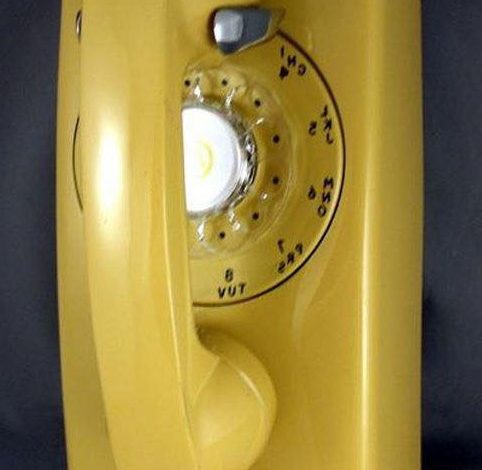
ADVERTISEMENT
Dialing Back in Time: The Rotary Phone’s Place in Communication History
The image of a bright yellow rotary phone instantly transports us back to a time when phone communication had a certain ritualistic charm. Introduced in the early 20th century, the rotary phone became a household staple, its distinctive dial and mechanical ring defining an era of telecommunications.
The rotary dial mechanism, invented by Almon Strowger, was a marvel of its time. Users would insert a finger in the numbered hole of the dial and turn it to the right until it hit the stop, then release it to let it return to the starting position. Each number generated a series of electrical pulses corresponding to its value, thus directing the call to the desired party. This method of dialing was not just functional but also tactile, adding a physical element to the act of communication.
ADVERTISEMENT
Despite its simplicity, the rotary phone was a symbol of technological advancement and reliability, standing out for its durability and straightforward design. It graced the homes and offices around the world for several decades before being gradually phased out by touch-tone phones in the 1980s, which offered faster and more efficient dialing thanks to their keypad-based input.
Today, rotary phones hold a nostalgic value, cherished by collectors and vintage enthusiasts alike. They remind us of a slower-paced time when a phone call was often a planned and significant event. In a world dominated by smartphones, where communication is instantaneous and ubiquitous, the rotary phone represents a bygone era of deliberate connectivity.
Moreover, the resurgence of interest in vintage technology has brought rotary phones back into the cultural conversation, celebrated not only for their aesthetic appeal but also for their craftsmanship. They serve as a reminder of the tactile and engaging experience that modern devices often lack.
As we continue to advance in communication technology, the rotary phone remains a symbol of the enduring human desire to connect, echoing the technological strides that have brought us to the present day.
ADVERTISEMENT




